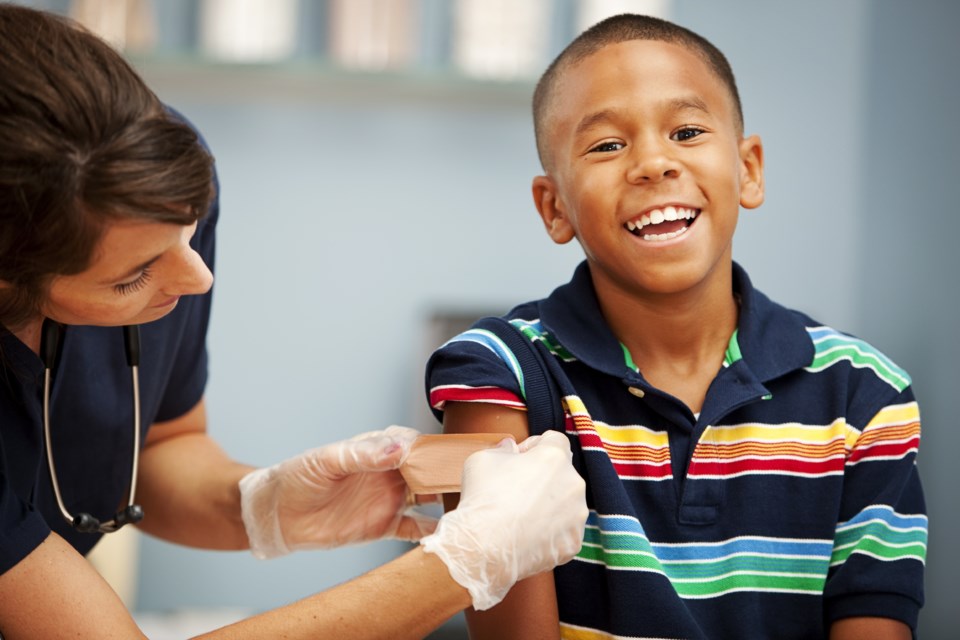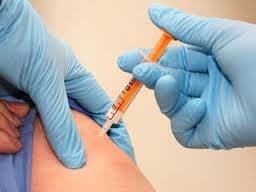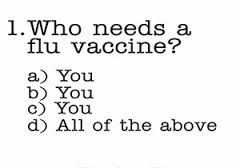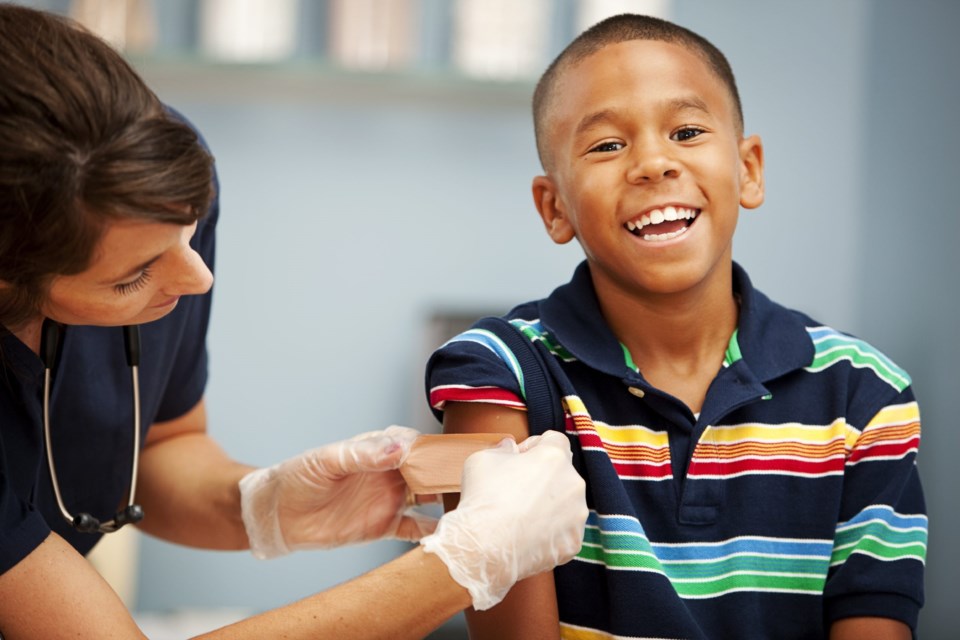
"Children skipped rope to the rhyme 'I had a little bird, it's name was Enza. I opened the window and in-flu-Enza.'', Dr. Patricia Doyle wrote in Memories of the 1918 Flu Pandemic Haunt 21st Century when recalling her Grandmother's stories.
This past Friday the Centers for Disease Control and Prevention (CDC) announced that influenza, or the flu, is now widespread in half of the United States and regional in 20 other states.
The CDC says flu activity is not acting "unexpectedly" for the season, but it is still too early to tell how the season will evolve. Interestingly though, the predominant strain is H1N1 which came onto the human "flu" scene in 2009, and is now protected against in recent vaccines. This strain tends to affect young adults more severely than other flu strains. 
Many people in this country still underestimate the potential danger the flu can have on the individual. Complications from the flu include pneumonias and worsening of preexisting health conditions such as asthma and heart disease that may eventually require hospitalization.
While everyone is susceptible, the highest numbers of individuals with the flu are found among children. Children with asthma are at an increased risk for suffering from complications from the flu, however almost half (44%) of the children hospitalized in NYC has no medical condition. For adults, half of the severe complications and hospitalizations occurred in people 65 years and older.
During the devastating Flu Pandemic of 1918 experienced by Dr. Doyle's Grandmother, many municipalities put public health measures in place to protect their citizens. While not supported by all at the time, NYC Officials, "banned all public gatherings of more than ten people. Theaters, churches, schools, saloons and dance halls were all closed. The mayor also prohibited public funerals and, in an attempt to limit the spread of influenza, burials were required to occur within twenty-five hours of death."
They even reinstated an anti-spitting campaign created 20 years prior to 1918 called," Don't Spit" to stop citizens from spitting on "public buildings, rail platforms, and ferryboats" to prevent the spread of respiratory diseases. If caught, one actually received a $1 fine. The sum of all these measures helped to prevent the spread of and eventually death from influenza of thousands of people at that time.
While we are not in conditions similar to that of 1918, the need to still prevent the spread of the flu is just as relevant and vital. Vaccination is considered the most effective way to prevent form getting the influenza virus, the flu, according to most public health authorities in this nation and the world.
Within the year, two new laws went into effect to increase the protection of NYers from getting sick with the flu: (1) NYS Officials are requiring healthcare workers who are in close contact with patients to either get the flu shot or wear a mask, and (2) NYC Officials are requiring children less than age 5 enrolled in daycare or preschool to get a annual flu shot. What is of significance is that 90% of the deaths attributed to flu happened in children who did not receive the vaccine. The flu (and pneumonias) is actually the third leading cause of death in NYC.
Only about half of people reported getting the flu vaccine in both NYC as a whole and in North and Central Brooklyn in 2012. Why are people still not getting the flu shot?
There are several reasons, however, the number one comment that I hear from working with community residents is "I got the flu when I got the shot." This actually cannot happen. The flu shot is made with a killed, dead, or inactive virus. Some people do react with a low-grade fever after receiving the shot. However, some people actually did get the flu around the time they received the shot, but not from the vaccine.
They were most likely exposed to someone with the virus before the vaccine had time to provide protection- about two weeks after shot. The majority of people have no side effects with the exception of redness and soreness at the site of injection.
Other added benefits to getting the shot this year are the vaccine covers additional strains than in the past, and one version of the vaccine (at least the injection form, not the nasal form) is now safe for those who have an egg protein allergy. So to protect yourself and your family this flu season: 
1) Go get a flu shot. Everyone 6 months and older should receive the shot. There is also a nasal spray that is approved for those two years of age and older. However, the nasal spray is a live, weakened form of the vaccine and cannot be given to pregnant women and only healthy 2-49 year olds. It is approved and recommended that all pregnant get the inactivated or shot form of the vaccine. Use the flu locator to find a flu shot in your area.
2) Wash your hands for 20 seconds with soap and water after using the restroom and periodically throughout the day. You may also use an alcohol-based hand sanitizer.
3) Cover your coughs. There is a new recommended way to do this If you do not have a tissue, cough or sneeze into your elbow, not your hands!
4) If you get sick, limit your contact with others especially the very young and the elderly.
5) If you have gotten your flu shot, encourage others to do the same.
Dr. Aletha Maybank is a Board Certified physician in both Pediatrics and Preventive Medicine/Public Health. You learn more about her at www.dralethamaybank.com and follow her on Twitter at @DrAlethaMaybank.




